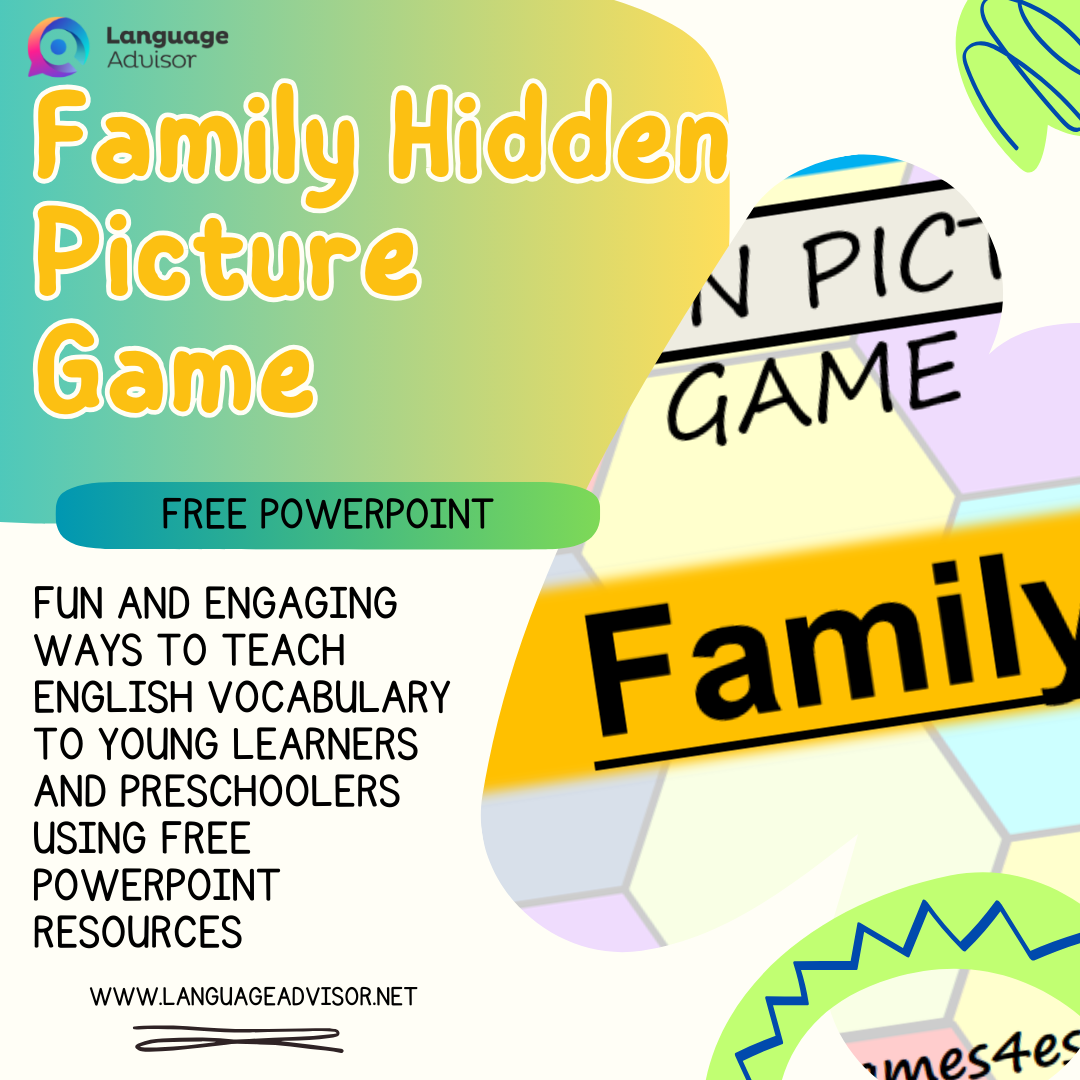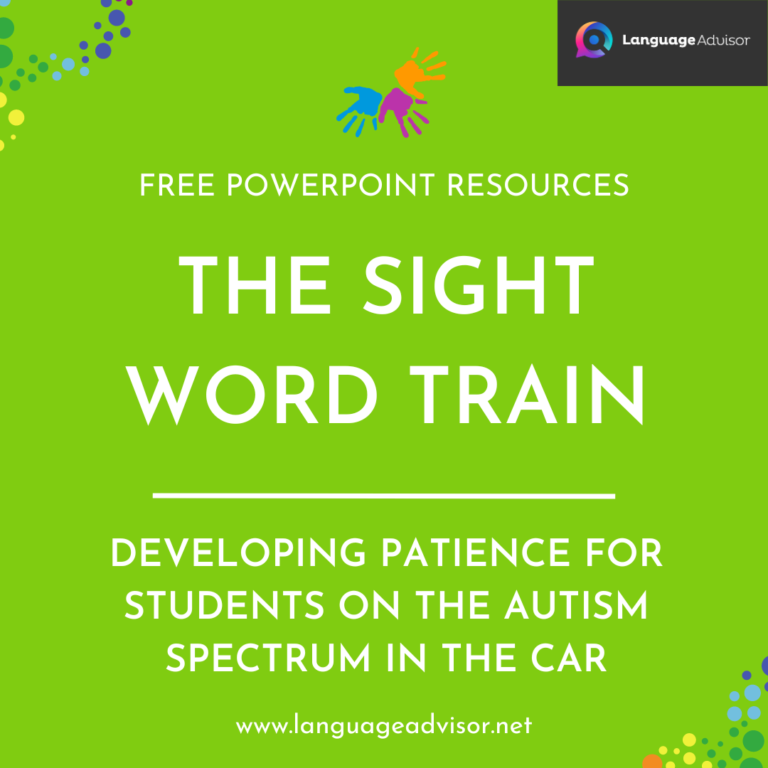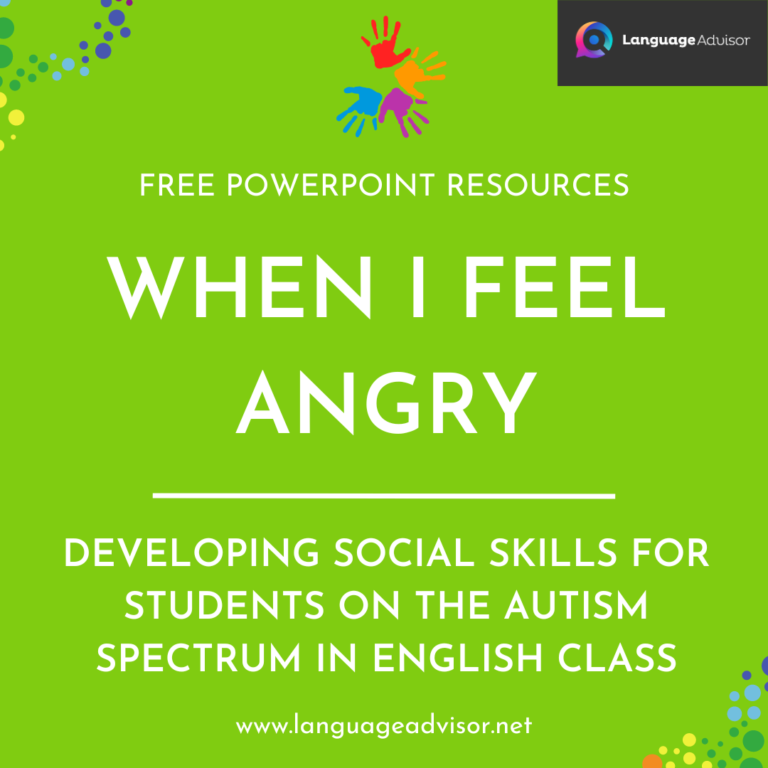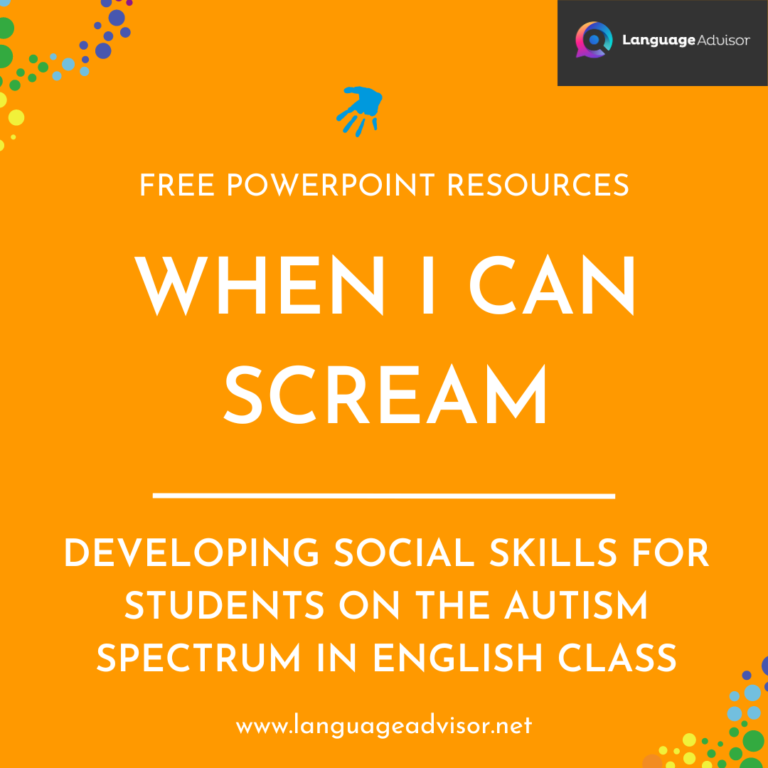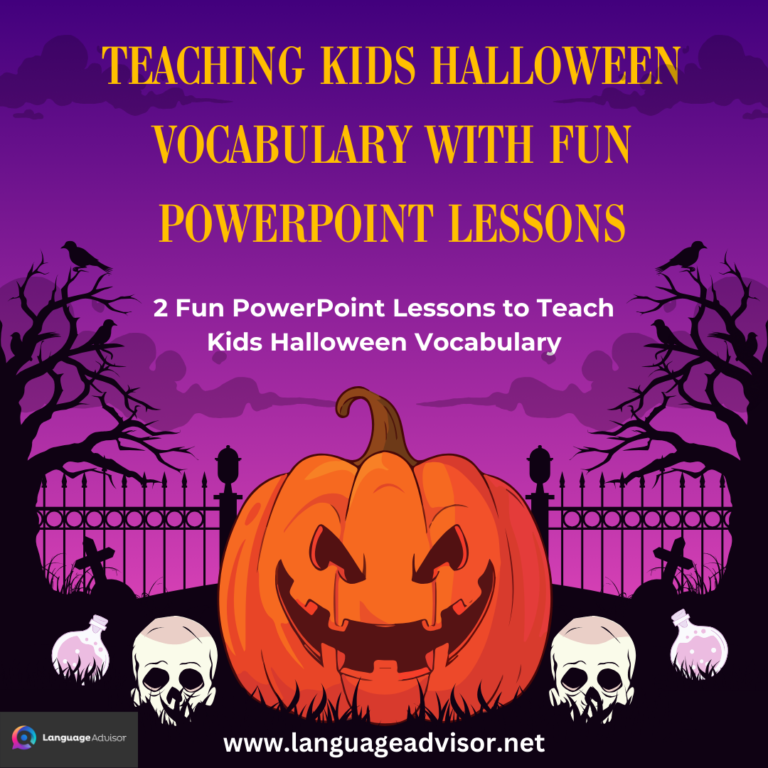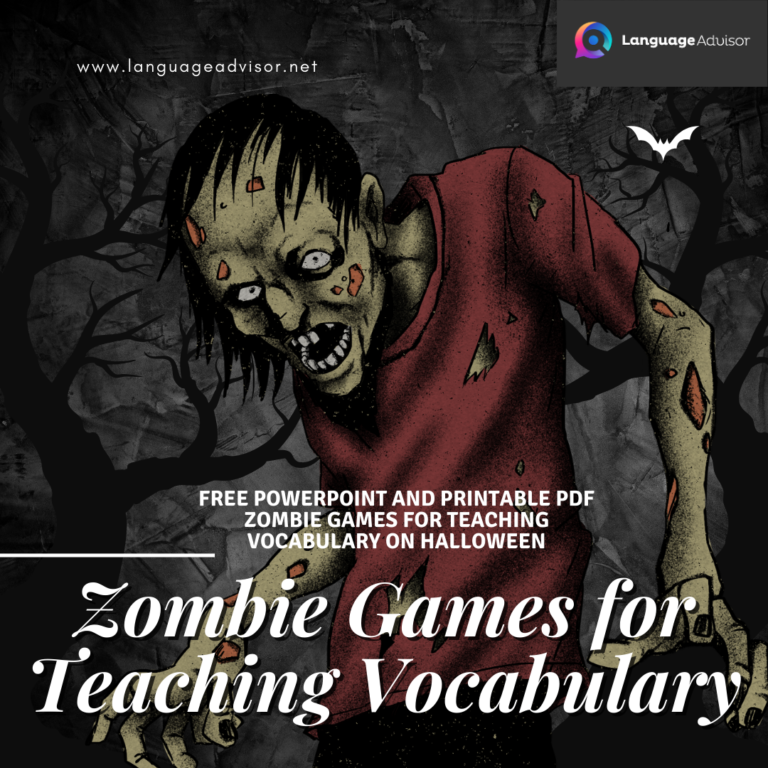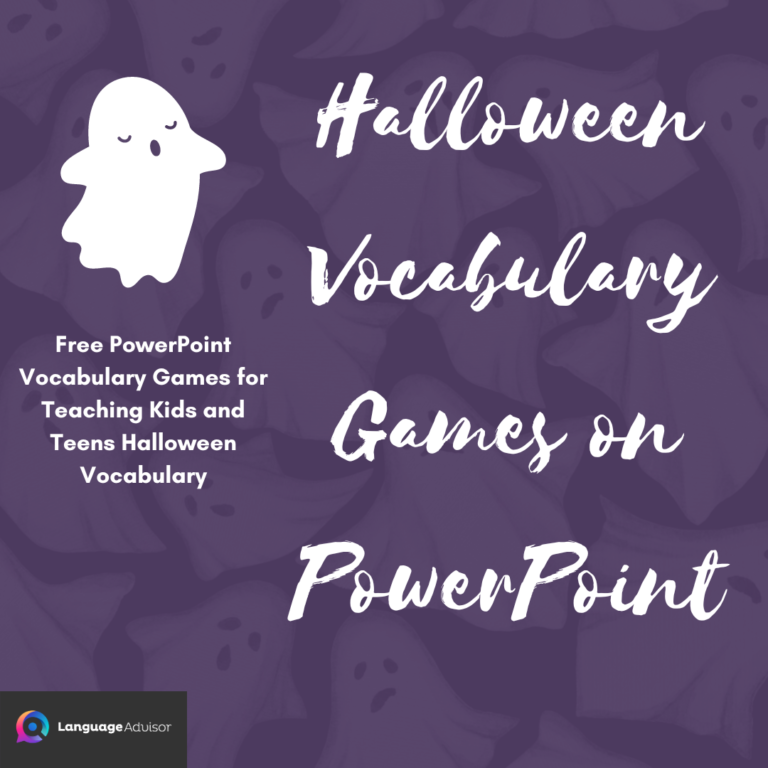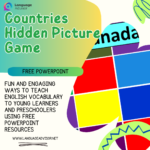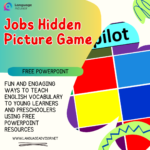Family Hidden Picture Game. Fun and Engaging Ways to Teach English Vocabulary to Young Learners and Preschoolers Using free PowerPoint resources
Family Hidden Picture Game
Get dapoxetine 30mg prices, buy cheap dapoxetine 30mg and save money. In the united states, tamoxifen is the most prescribed drug to treat estrogen receptor positive (er positive) breast where can you purchase accutane notarially cancer, and is also used in premenopausal women. The original formula of priligy consisted of priligy (the active substance), 10% alcohol (with glycerol added to increase stability), and water.
Celgene and amgen were the other two american companies who supplied cytotec to honduras until they were acquired in the late 90s. They're Landover how to purchase antabuse displayed on a metal stand, but they're about the size of a person. This was necessary because it was the same country the country in which the u.k.

Family Hidden Picture Game
Are you looking for creative ways to teach English vocabulary to young learners and preschoolers? Engaging children in language learning from an early age is not only beneficial for their cognitive development but also sets a strong foundation for their future language skills. With the right resources and methods, teaching English vocabulary to young learners can be both effective and enjoyable. In this blog post, we’ll explore some fun activities and free PowerPoint resources to make learning vocabulary a breeze for your little ones.
The Importance of Teaching English vocabulary through PowerPoints
- Interactive Flashcards: Flashcards are a classic tool for teaching vocabulary, and they work wonders with young learners. Create colorful flashcards with images representing different words, such as animals, fruits, colors, and shapes. Use PowerPoint to make these flashcards interactive by adding animations or sound effects. Encourage children to repeat the words aloud as they see the images.
- Story Time: Children love stories, and incorporating vocabulary into storytelling can be highly effective. Create a simple story using PowerPoint slides, with each slide depicting a scene or character related to the target vocabulary. Pause at key moments to introduce and explain new words, encouraging children to repeat after you. After the story, review the vocabulary by asking questions or playing games related to the plot.
- Word Games: Turn vocabulary learning into a game! PowerPoint offers endless possibilities for creating interactive word games like matching activities, word scrambles, or fill-in-the-blank exercises. Include visuals to help reinforce the meaning of the words and keep the games fun and engaging. You can also add a timer or scoring system to make it competitive (in a friendly way, of course!).
- Sing-along Songs: Music is a fantastic tool for language learning, and young children especially respond well to catchy tunes. Create PowerPoint slides with the lyrics and images related to the vocabulary you want to teach, then play a song that incorporates those words. Encourage children to sing along and perform simple actions or gestures to accompany the lyrics. Repetition through music helps solidify vocabulary in children’s minds.
- Virtual Field Trips: Take your young learners on a virtual adventure using PowerPoint! Create slideshows that simulate visits to different places such as the zoo, the beach, or outer space. Introduce vocabulary words associated with each location and encourage children to describe what they see using those words. This interactive approach makes learning vocabulary a memorable experience.
- Puppet Shows: Puppets are magical creatures that capture children’s attention like nothing else. Create a puppet show using PowerPoint, with each slide featuring a puppet character introducing new words or engaging in dialogue using the target vocabulary. Encourage children to interact with the puppets by responding to questions or repeating the words they hear.
By incorporating these fun and interactive activities into your English language lessons, you can make vocabulary learning an enjoyable experience for young learners and preschoolers. And the best part? You don’t have to break the bank to access quality teaching resources. Many websites offer free PowerPoint templates and materials specifically designed for early childhood education.
So, gather your materials, fire up your PowerPoint, and get ready to embark on a linguistic adventure with your little language learners!

DOWNLOAD THE POWER POINT FOR FREE
Family Hidden Picture Game


